What Is a Migraine?
The science behind migraines
Migraines, while there is still no real clear reason why they occur, are a better understood neurological disorder.
Migraines are caused by differences in brain function and create a high-stress state in your brain. This state causes an increase in sympathetic response and a decrease in parasympathetic response, thus leading to severe imbalances in brainwave function.The more frequently your migraines occur, the harder it is for your brain to regulate and normalize.






